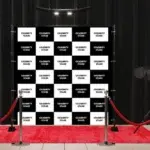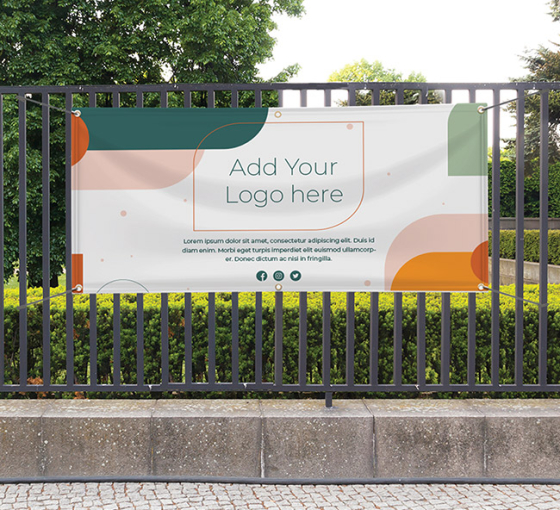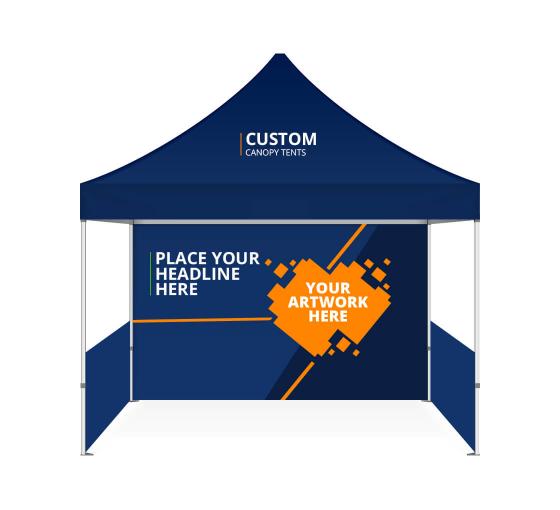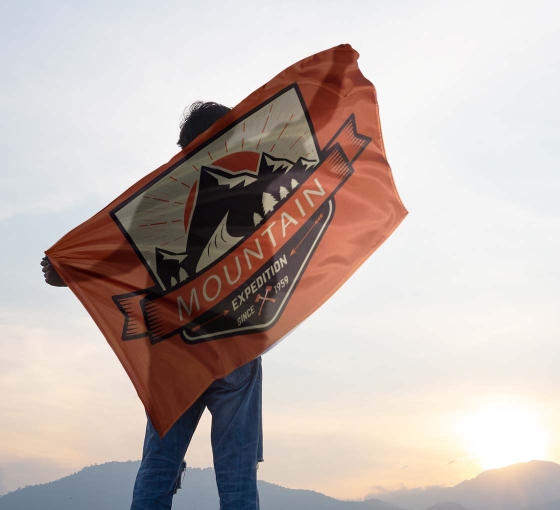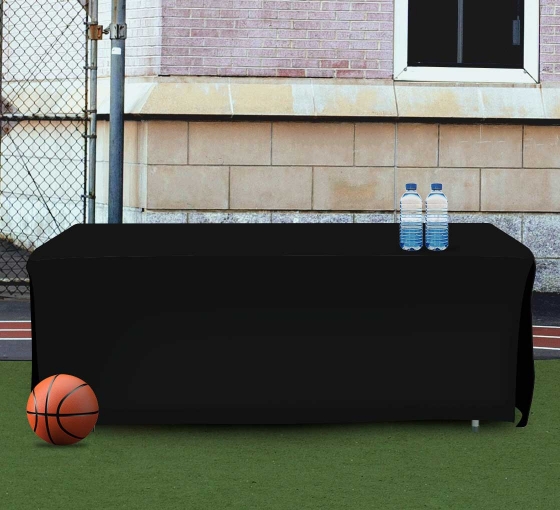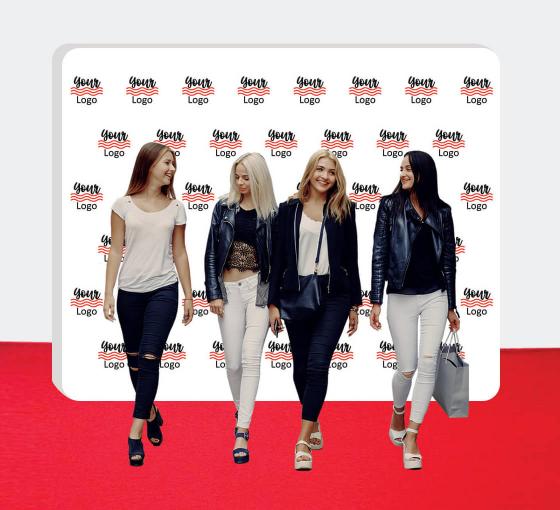A great way to make your customers, vendors, and employees feel appreciated is by hosting and participating in events. Step and Repeat banners are an excellent way to punch up any event, providing a red carpet style backdrop to place on a frame, offering photo opportunities while promoting your brand logo..
From massive product launches with celebrity appearances to small events with your local store employees, there are several ways you can use a quality step and repeat banner. If you’re new to the world of step and repeat banners, here’s some tips to create a perfect design to make you and your attendees look fabulous.
Size Matters
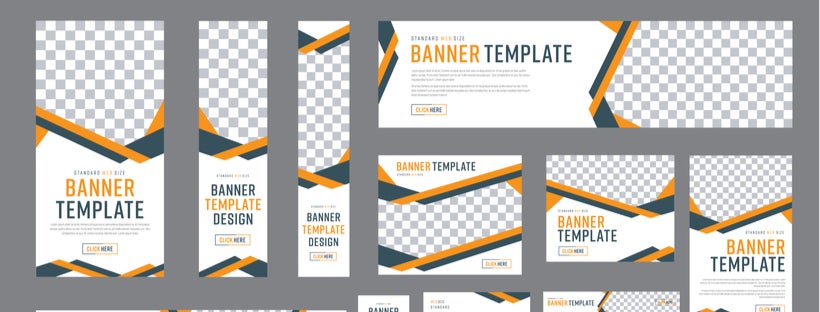
The importance of an appropriate size for any step and repeat banner is huge. The standard height for this kind of backdrop is around 8 feet, perfect for patrons of all heights to stand beside. Width is a different story; and can be customized to the needs of your event.
Generally speaking, smaller banners will lead to cheaper pricesHowever, the size of your banner will depend on multiple factors, such as availability of space, and number of attendees. Wider step and repeat banners allow for more people to stand beside them. An 8’ by 12’ banner can hold a whole group of individuals, while an 8’ by 4’ can handle one or two.
Make an informed decision on your banner size before proceeding with design. Your size will determine the canvas you can work from.
Use the Right Size Logo
Getting the size of your logo right is important to ensure that your customers look good in front of the frame. The ideal size for a rectangular logo is 9” to 11” wide, whereas it is a 5” to 8” range for a square or round one.
A logo that is too big will be blocked by the individuals taking the photo, and too small will be hard to see in the photograph. Using the right logo size will ensure it’s visible in the photo, but won’t distract from your illustrious “models”.
Keep Adequate Space Between the Logos
Along with sizing, logo spacing is another key factor. Your step and repeat banners will look overcrowded and busy if you cram in too many logos with little or no space in between them. Since the logo in your banner will repeat several times, it’s best to utilize either 2-4 or a maximum of 5-6 completely visible logos.
Make sure to provide enough space between logos so that they are distinguishable from one another. However, keep them close enough together so that you get a checkerboard appearance. The goal is clearly visible logos around the people in their photos.
The Perfect Color
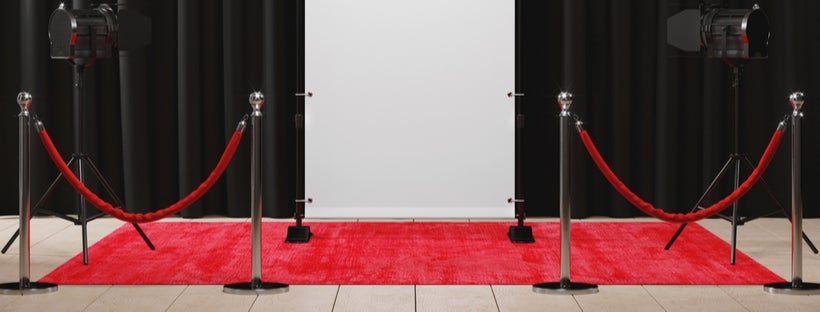
When choosing a color scheme for your step and repeat banner, it’s important to remember that the ink is more reflective than the material on which it will be printed. Going with a plain white or black background will reduce glare.
However, if you still wish to have a more colorful background, utilize a fabric material over vinyl. Even with a matte finish, vinyl will produce more glare and reflections than fabric. And, whenever you’re designing any branding materials, it’s important to use a thoughtful colour scheme that aligns seamlessly with your brand’s image.
Banner Material Choice for Glare-Free Results
To maximize impact, you need to make sure that your banner doesn’t glare under the bright lights of the cameras.
If budget is not a constraint, it is best to go with a non-glare or matte banner fabric for your backdrop. Opting for a glossy banner material can cause glare under the lights, which will eventually affect the quality of the pictures taken.
Fabric step and repeat banners are another smart choice. Fabric materials are lightweight, have little to no glare, and will show well in your pictures. If you go with a vinyl banner, make sure to add extra white space between the logos to cut down on complications from glare.
Use High-Quality or Lossless Photo Files
Using a small file size is one of the common mistakes marketers do with banners of all types. Utilizing low DPI images inevitably leads to a blurry, hard to see, or pixelated print.
Whenever you’re using a pixel format, shoot for a file photo resolution of over 300 pixels per inch. 300 DPI is standard for printing purposes, and can be scaled up to the sizes needed for the banner. For example, a 9” x 4” logo should have a 9” x 4” file size of roughly 2,700 x 1,200 pixels.
Additionally, you can use a lossless vector program such as Adobe Illustrator to design your logo. By utilizing a vector format, you can scale up to any size without worries about image quality.
Keep the Design and the Set Up Simple
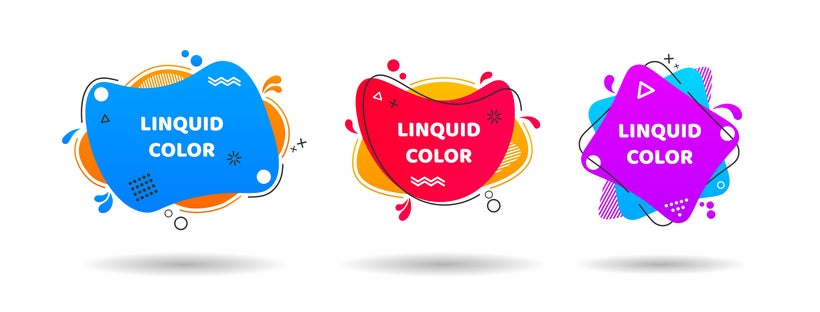
Finally, it is best to keep your design simple for your step and repeat backdrop for maximum impact. A simple clean design can go a long way to providing a resonant backdrop for photos.
Along with design, you need to consider physical positioning. Make sure that you can position it in the right place to give the photographer enough room for the best shot with as much of the banner or backdrop visible as possible. Once you’ve got your set up in the right place, you’re ready to go!



















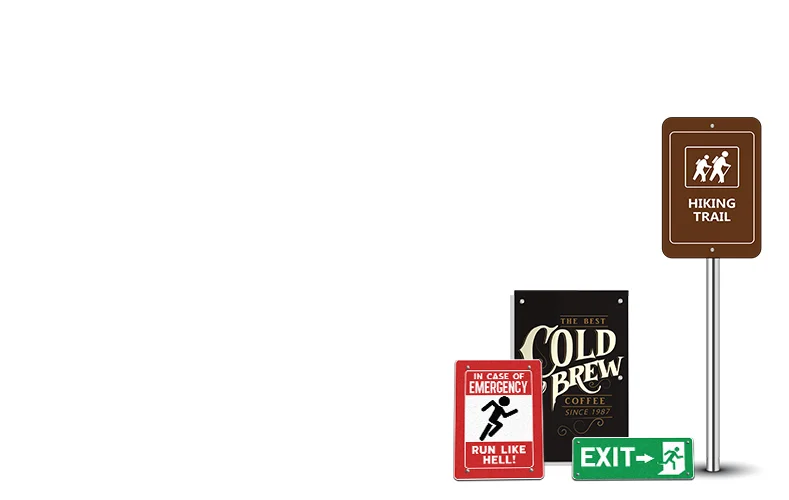
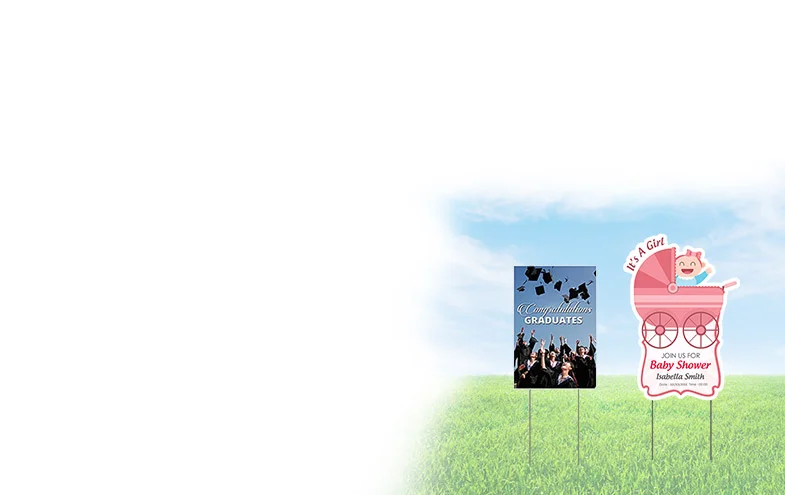



 Posted in
Posted in 






